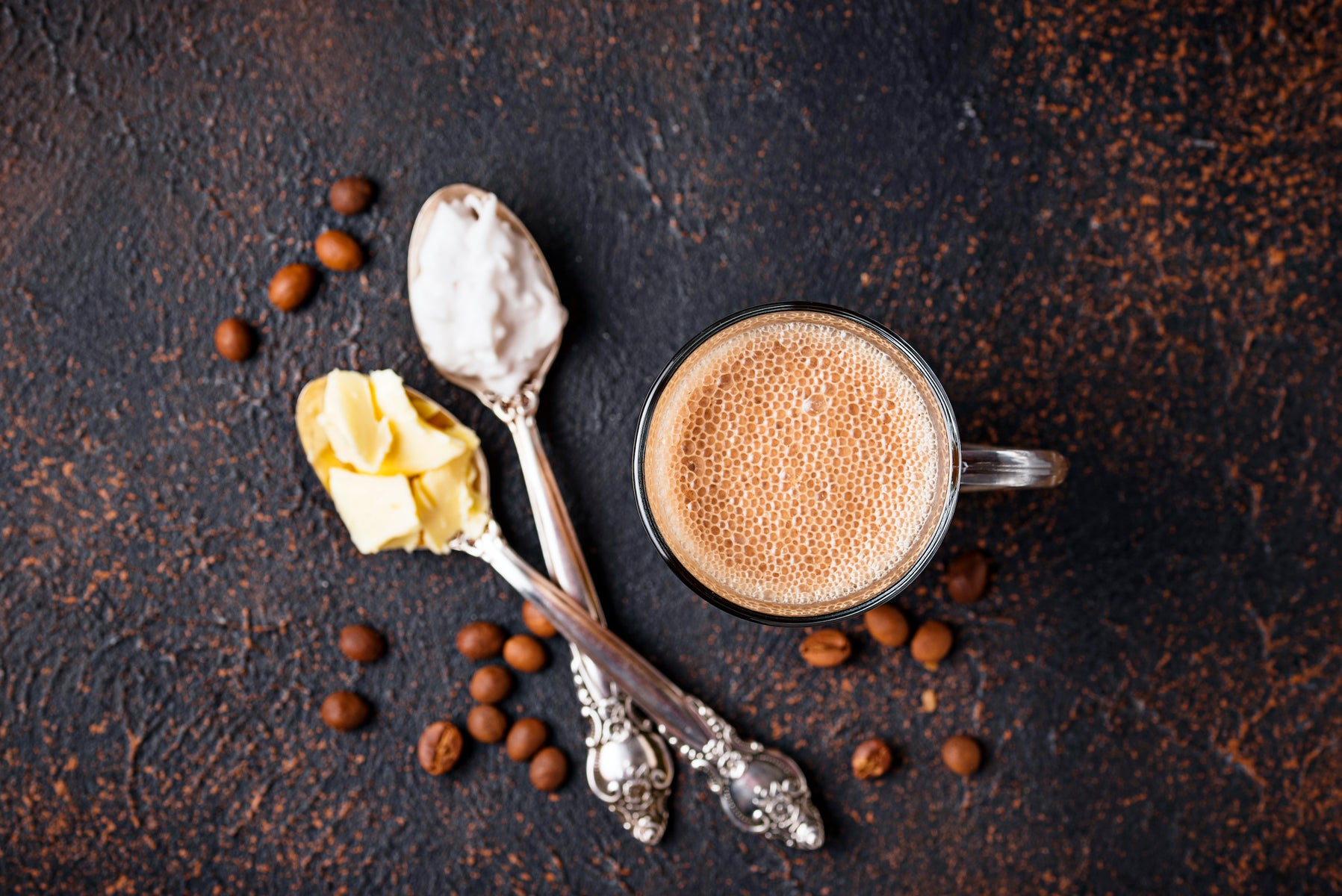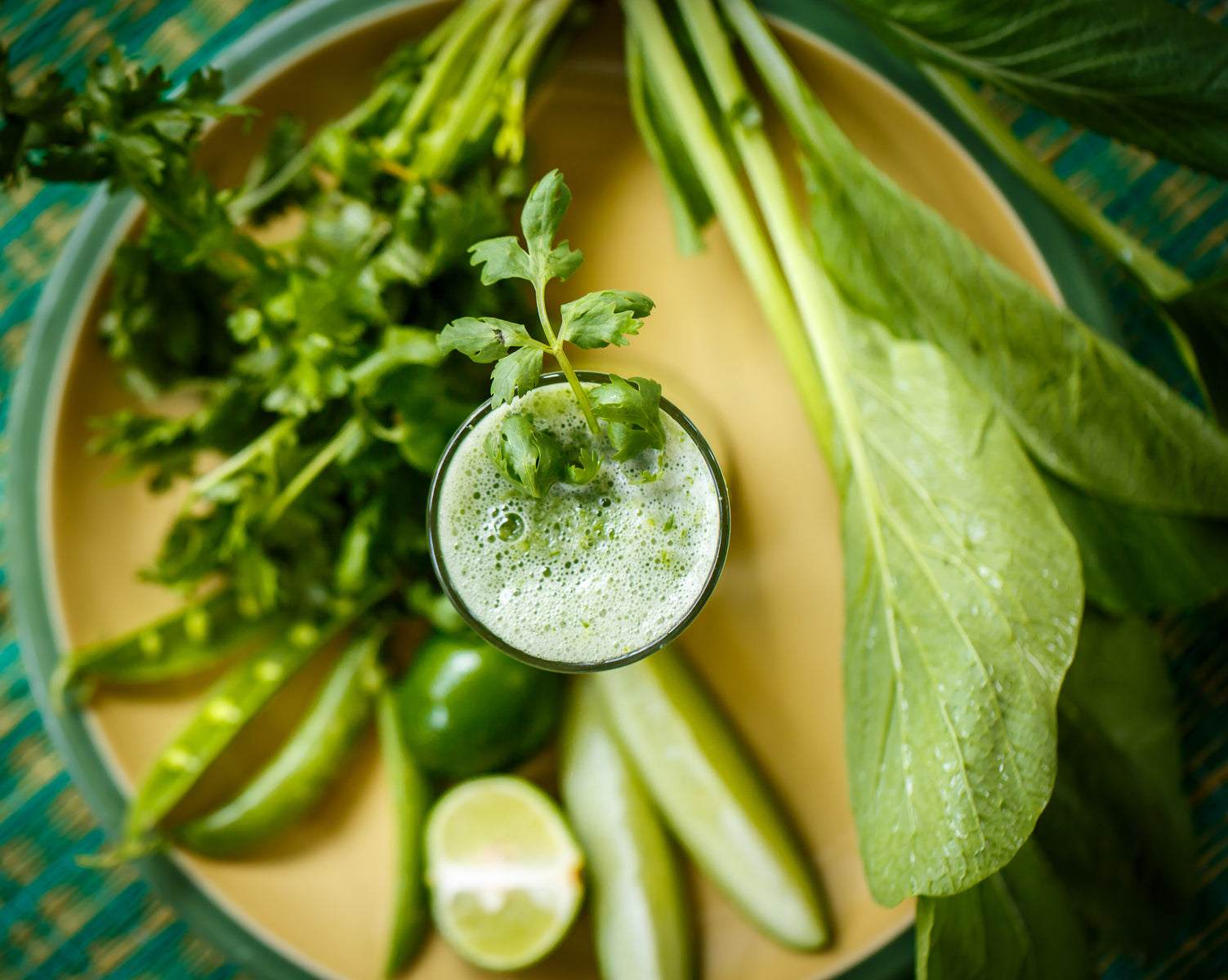Keto vs. Paleo: What Are the Similarities and Differences
Dr LivingoodShare

We’ve all tried various “gimmicky” diets that just haven’t stuck. But the keto and paleo diets have taken the nutritional world by storm, and for good reason: they apparently provide real results.
But what’s the real deal behind these diets, and are there any similarities or differences between them?
Let’s take a more in-depth look at both the keto and paleo diets so you can determine which you might want to try.
What is the Keto Diet?
The keto diet revolves around a concept called ketosis. In a nutshell, the body naturally enters a state of ketosis when it doesn’t get enough carbohydrates for energy. Carbs are our bodies’ typical primary sources of energy.
If you don’t eat enough carbs, the ketosis process kicks in and your liver starts to take any stored fat and create “ketones.” These are then used for energy. Your body can also use protein for energy in the same way.
By forcing the ketosis process, the keto diet helps your body to burn through fat (since it uses your fat stores for fuel) and ostensibly causes no negative side effects.
The keto diet typically has individuals consume their daily calories with the following proportions:
- 5% carbohydrates
- 75%-85% fat
- 20%-25% protein
This renewed focus on fat and protein requires some big dietary changes. For instance, people under the keto diet can’t eat carbs except for various keto-friendly vegetables. These include some berries and various leafy greens. Carbs from grains (i.e. bread) or legumes like beans are off the table.
What is the Paleo Diet?
In contrast, the paleo diet tries to mimic what our Paleolithic ancestors might have eaten millennia ago. The thinking goes that our ancestors were largely healthier in terms of their diet (although they didn’t have the same access to medicine and certain vitamins as we do now).
The paleo diet is fairly simple: it’s all about eliminating any products made with modern farming or food processing methods. Only foods that could have feasibly been eaten by a Paleolithic ancestor are allowed.
This will, in theory, help your body to process everything it needs more easily, resulting in better health across the board. The paleo diet will have you cut out various foods like:
- Dairy products
- Legumes
- Most types of grains
- Any other highly processed foods
It’ll instead have you consume foods like:
- Healthful fats from grass-fed animals, nut oils, avocados, and so on
- Small amounts of animal protein
- Certain types of vegetables and fruits
When done correctly, the paleo diet can theoretically result in better metabolic performance throughout your body, plus improved cholesterol levels.
Similarities Between Keto and Paleo Diet
At their cores, both the keto and paleo diets are about helping you to become healthier overall, not just lose weight or meet arbitrary social standards. They also utilize relatively distinct and unique strategies to achieve their goals.
Both diets:
- Encourage you to consume nutritious whole foods and avoid lots of processed foods
- Emphasize a low carb intake
- Don’t allow you to eat grains or legumes (with very few exceptions)
- Emphasize eating meat for protein
- Emphasize eating certain vegetables and healthy types of fat
Furthermore, both diets have some similarities in terms of their allowed foods. Both diets will let you eat:
- Seeds
- Eggs
- Most types of seafood
- Helpful fats
- Non-starchy vegetables
- Unprocessed or grass-fed meat
- Nuts
You do need to be a little careful when adopting either of these diets, however, as they both exclude various foods that are included as helpful according to the Dietary Guidelines for Americans. The keto and paleo diets exclude most types of whole grains, which include rice, bread, pasta, quinoa, and so on, as well as most legume types, including lentils, soybeans, peanuts, regular beans, and more.
As with any new diet, it’s a good idea to take it slow at first to make sure that your body is responding well to its new nutritional intake before transitioning fully.
Differences Between Keto and Paleo Diet
Keto and paleo diets have some differences as well. These largely revolve around their strategies.
For example, the paleo diet doesn’t allow you to eat any processed meats. These include meats like ham, bacon, and salami (i.e. a Paleolithic ancestor couldn’t have made these). The keto diet will let you eat these meats provided they don’t contain any sugar or carbohydrates, both of which could interfere with ketosis.
The paleo diet also lets you use certain natural sugars or sweeteners. These include examples like maple syrup or honey. The keto diet lets you eat various artificial sweeteners provided they don’t contain any regular sugar. That means honey is off the table, but Stevia is fine for those following the keto diet.
Another big difference focuses on vegetable intake. Starchy vegetables aren’t allowed with the keto diet since they’re also usually high in carbohydrate content. Such vegetables could easily push a person over their daily carb allotment. The paleo diet will let you eat most of these healthy vegetables, including carrots, sweet potatoes, and beets.
Which Diet Should You Try?
It’s ultimately up to you which of the two diets you may want to try. Both of them have their proponents and potential advantages. But you should consider what each diet may require you to give up before making the transition.
The keto diet could be difficult if you really love carbohydrates or if you have difficulty avoiding even small amounts of sugar in your daily life. Maybe you really like honey, for example, and don’t want to give that up.
The paleo diet is a better choice if you’re fine eating relatively simple foods and cutting out certain types of processed meat. In exchange, you can eat certain vegetables that are excluded from the keto diet.
Summary
All in all, both diets can be effective picks. Ultimately, it doesn’t matter if you do Keto, Paleo, Vegan, Vegetarian, etc. The biggest question to consider — is this something you can see yourself doing over the next week, few months, or even years? Make sure you choose the one that you can sustain and turn it into your lifestyle and above all else eat real food not toxic food. Be sure to look into potential nutritional deficiencies, however, and consider trying some of our daily supplements to make sure you hit all of your nutritional requirements each day.
Share
Related Articles
Most Popular
-
The 5 Amazing Benefits of Omega-3s
August 13, 2024 -
Healing Your ‘Second Brain’: The Path to a Healthier Gut
August 13, 2024







